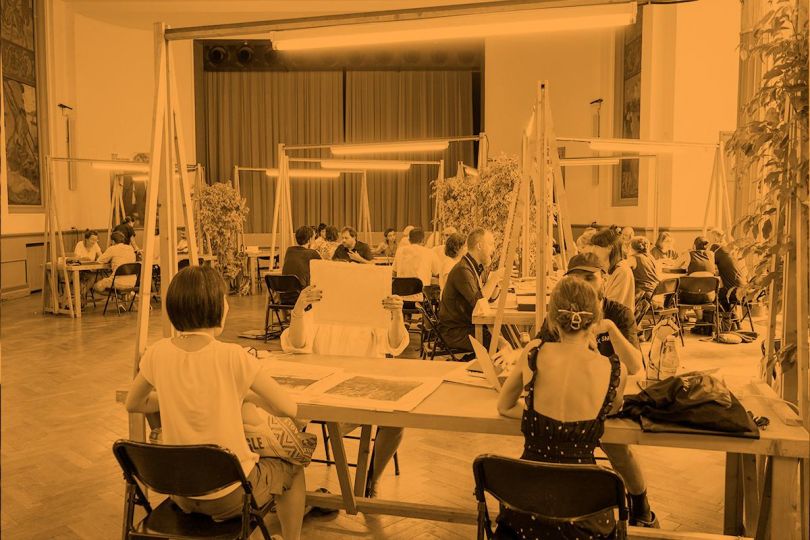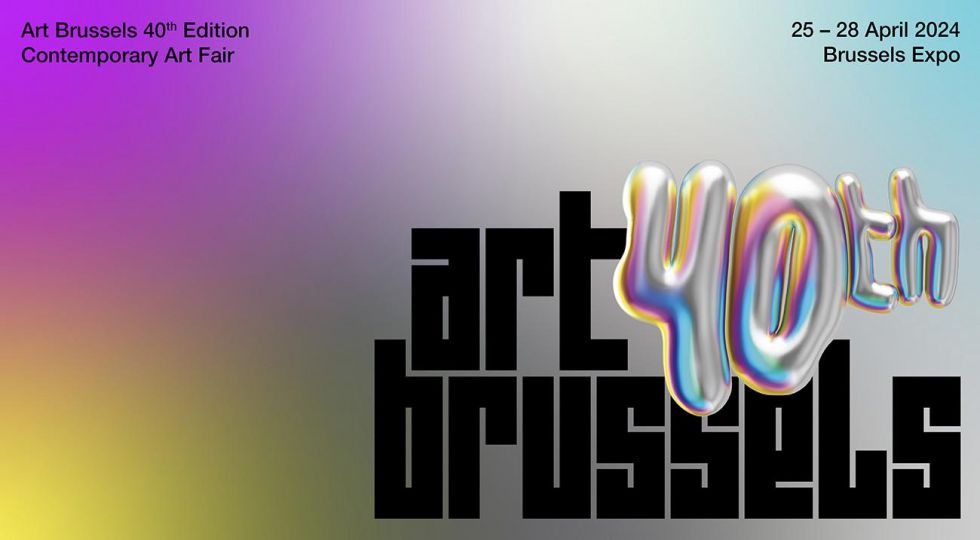Preview Day: 10th May. The serious business of buying and selling gets under way, especially in the erected pavilion in the quadrangle of Somerset House, the venue for Photo London 2023. Some thirty galleries from across the world are in the pavilion alone and any negotiations that take place unfold at a discreet pace; a champagne bar is there for deals to be sealed. Some of those whose work is being represented put in appearances, like Lea Lund and Erik K at the Catherine Edelman gallery. Working as a team, their photographs probe colonization’s impact on Zaire (where Erik K was born) and positive representations of black men.
The programme of scheduled talks also kicks off with curator William E. Ewing introducing photographers Jasmine Francis and Lisa Bernard by way of some big propositions – photography, says Ewing, is ‘the eye of civilization’ – and weighty questions about whether photography can make a difference or not.
Day 1: 11th May. Leaving the pavilion, it is time to wander through Somerset House’s warren of spaces given over to exhibitions, smaller galleries and publishers. A striking series of images — the work of 60 photographers from 25 countries – celebrates the vibrancy of photography as a visual language in LensCulture’s ‘New Discoveries in Contemporary Photography’ exhibition: the Dacia 1300, a car that represented a degree of equality in communist-era Romania, is fondly recalled by Horatiu Sava; an exploration of what Marna Clarke calls the ‘taboo territory’ of aging and death finds bold and graceful expression in her work; a group of rebellious Moroccan women, defying tradition by taking to skateboarding, are acclaimed in Chantal Pinzi’s project; Platzkart, a reserved-seat, third-class rail car in Russia’s public rail system, may be unglamorous but still popular and its confined space is neatly framed by Maria Plotnikova.
With too many booths to visit properly in one day, judicious visitors linger before photographs that catch their eye, consciously or subliminally. Monique Relova’s tender, black-and-white images of a transgender community she came to know in southern India are memorable. A very different aesthetic is at work in the painterly, fine art photographs of Justine Tjallinks . Inspired by Dutch master painters, Tjallinks meticulously sets about unique photo-recreations after choosing clothing and finding non-professional women to pose.
Day 2: 12th May. Claire and James Hyman have built up an important collection of British photography, ranging from the conceptual to the documentary, historic and contemporary, and ‘Writing Her Own Script’ is their selection of women photographers for Photo London. It starts with the rare work of Edith Tudor-Hart from the 1930s, the Picture Post photographs of Grace Robertson and examples of the outstanding Shirley Baker and Marketa Luskacova. There is also a tribute to Dorothy Bohm, who died in March 2023, with photographs that are testimony to her keen sense of place and her visual language. Alisa Hatch has photographs of women in the locations where they found themselves subject to male harassment, with accompanying text explaining what they were unwillingly subjected to. The disjunction between images of ordinary women and their stories of harassment, some aggressive and verging on the dangerous, is shocking and it draws in the attention of people who pause to look and then stay to read.
Day 3: 13th May. Claire Hyman chairs a talk, ‘Writing Her Own Script: Women and Activism’, and it provides an opportunity to hear Eliza Hatch explain how she came to document unwanted male attention, as well as new projects currently occupying her interest. Delphine Diallo also interrogates the ubiquity of the male gaze by questioning what the term means for Black women, and her talk – ‘The Power of Perception – Portraits & Self-Portraits’ – fills every seat with an inquisitive audience. She tells how an early ‘success’, becoming assistant to a famous photographer for a wildlife project in Botswana, became the catalyst for understanding how her body was being exploited. What was a depressing episode in her life led to a process of self-discovery and the desire to create diversity within the aesthetic of the Black body, developing a ‘female vision’ as an alternative to clichéd images of the female figure. In the Q&A that follows her talk, someone asks whether a female vision is also open to men and he receives a warm and affirmative response.
Day 4: 14th May. The final day brings a chance to visit some of the more than 110 exhibitors that were earlier missed or given too little attention. The pushing of photography’s boundaries feels like Photo London 2023’s signature motif after encounters with re-photographing, ‘re-enactment phototherapy’, digital shape collages and a whole lot more. Some new practices are alluring, like the use of pattern and textile by Alia Ali, a Yemeni-Bosnian-US artist working across photography, video and installation. Another practice could be there without our knowledge. The use of AI to generate images – Jasmine Francis referred to it as the elephant in the room – calls authenticity into question: if photography is ‘the eye of civilization’, what happens when the visual organ becomes non-human, a form of machine intelligence in a post-truth landscape?
Sean Sheehan
















